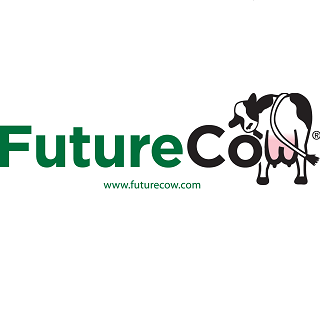Dairy in the World
New Zealand dairy sector has record year, with total milksolids production at a record high

This is a 0.6 percent increase in milksolids from the previous season. Average milk production per cow also increased from 381 kg MS last season to 385 kg MS this season, while the latest count showed that New Zealand has 4.921 million milking cows – a decrease of 0.5 per cent from the previous season. This is again down significantly from peak cow numbers in 2014/15, which were at over 5 million.
DairyNZ chief executive Dr Tim Mackle says record milksolids production per cow was achieved despite cow numbers continuing to remain relatively stable, as farmers place more focus on cow productivity and environmental efficiency.
“The commitment by our farmers to improve the quality of their herds to drive better productivity and sustainability outcomes is good news,” says Dr Mackle.
“While some of our key sectors have been hit hard by Covid-19, our dairy sector has proven extremely resilient through this period of uncertainty and is well-positioned to continue playing a key role in contributing to New Zealand’s economy.
“The dairy sector directly employs 50,000 people and earns New Zealand roughly $20 billion in exports per year. The success of our dairy farmers is extremely important to every Kiwi and has real benefits for New Zealand.”
This year’s dairy cow census also showed New Zealand dairy farmers are continuing to draw on a range of tools to ensure their cows are year-on-year more efficient at converting grass into milk.
The number of cows herd tested was the highest on record this year, with a total of 3.689 million cows herd tested – equating to 75 per cent of all cows.
LIC chief executive Wayne McNee says the focus on cow quality is evident in the increasing uptake of herd improvement services.
“Herd testing enables farmers to collect information about individual cows in their herds, and to monitor cow performance and wellbeing so they can make informed, effective herd management decisions on farm.”
Artificial breeding (AB) is another tool used by Kiwi dairy farmers to increase cow productivity. 3.46 million cows were mated to AB in 2019-20, a slight decrease from the previous season.
“This year New Zealand is celebrating 70 years of artificial breeding for the national dairy herd, which has been game-changing for the value we deliver on farm,” says Mr McNee.
“Interest in the highest genetic merit animals continues to grow year-on-year, with farmers investing in the latest artificial breeding technologies and indexes that focus on productivity, as well as animal welfare and the environment.
“It’s what makes our cows gold medallists when it comes to efficiency and why, despite cow numbers reducing, our cows are more productive than ever.
“New innovations and agritech solutions will continue to play an important role in ensuring that our farmers can breed more productive and profitable cows, while achieving better environmental outcomes and improving herd resilience.
“As we invest more into research into genomics, it is pleasing to see more and more farmers utilising Genomic Sires to create on-farm value. Genomic evaluation allows scientists to evaluate a bull's genetic merit with more accuracy at a younger age.
“LIC expects to complete 1.4 million genomic inseminations throughout the country this year, a growth of over 1 million inseminations in just three seasons.”
The latest economic and dairy statistics for New Zealand regions are also now available online – showing the dairy sector’s contribution to regional employment and economies.






















